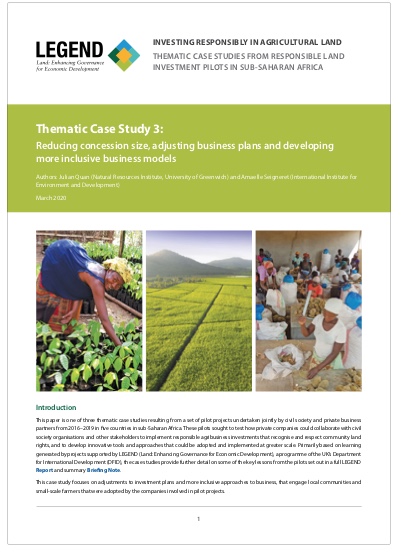Modern technology and sustainable irrigation of small scale dry-land farming in Kitui county, Kenya
The Purpose of this study was to investigate the influence of technology on
sustainable irrigation of small scale dry land farming in Kitui Central District,
Kitui County, Kenya. The study sought to establish the extent to which adoption
of new irrigation technology, gravity free flow irrigation and access to access
to credit has influenced sustainable irrigation of small scale dry land farming.
Descriptive survey research design was adopted. A sample of 150 participants
was randomly selected from 1540 small-scale dry land irrigation farmers in the







